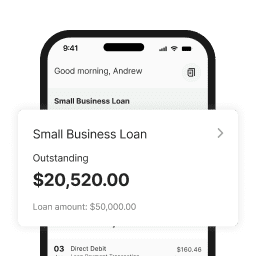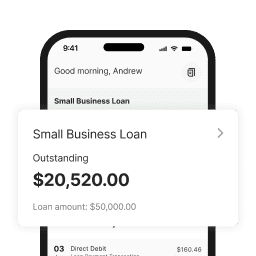Cash is king, as any small business owner knows only too well.
Getting on top of cash flow problems can help minimise variations in revenues and expenditures, while also giving you the freedom to plan for future growth.
Here are five ways to help improve cash flow in your business:
1. Immediate invoicing
Customers generally will not go out of their way to pay debts early, and if you do not immediately issue them with an invoice at the time of sale, it usually results in a longer wait for payment.
The longer your business is waiting for payment, the greater the possibility that something could go wrong. For instance, your customer could suffer cash flow problems themselves, go bankrupt or into administration. Even a simple administrative oversight that can result in a lengthened payment term.
An ideal solution is using cloud-based accounting software that automatically generates invoices, and pairing it with a clear payment policy that states when payment is due.
2. Adjust payment terms
Unfavourable payment terms are the cause of many cash flow issues, but fortunately they can be renegotiated.
Changing your receivables payment terms to 7 or 14 days, and your payables to 30 or 60 days, all of which are commonly used term lengths, will free up a lot of cash. You might also consider offering a discount to your customers who pay early, while following the lead of major utilities and banks in charging late fees for overdue payments.
3. Manage inventory
If your cash flow problems are not caused by payment terms, you might want to examine your stock levels.
Holding too much inventory, especially highly-priced low-volume goods, ties up cash and can harm liquidity. It can also increase associated costs like insurance and storage, piling on more financial pressure.
Practicing good stock control methods will increase the efficiency of your inventory purchasing.
4. Cash flow forecasts
Perhaps the most efficient way to improve cash flow is by creating a detailed cash flow forecast, which can help you identify times of the year when your cash flow is at its highest or lowest.
You will need to detail ALL the expenses you expect your business to incur over the coming 12 months, and forecast the cash you expect to come into the business, keeping in mind that certain sectors are highly seasonal, such as retail, while others are less so, such as hairdressing. Don’t forget your BAS payments, and things like super, GST and extra staff or stock for busy periods. If you can, start putting aside money to cover the periods when you know you will need extra cash, or get a source of cash flow finance, like a Prospa business loan, organised in advance of when you need it.
5. Seek professional help
Cash flow forecasting can be complex, and an accurate forecast is likely to help your business sort out any issues. Accountants and financial advisers can assist in highlighting potential problem areas and helping you make more accurate revenue forecasts.
Getting on top of cash flow is crucial to survival in business, especially for small businesses and tradies.
If you need funds for your business, talk to online lender Prospa about its small business solutions.








